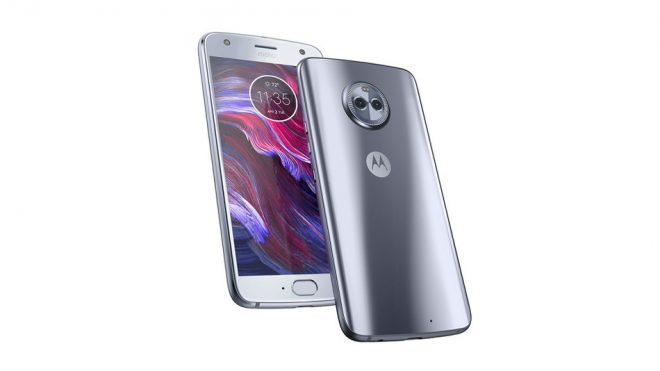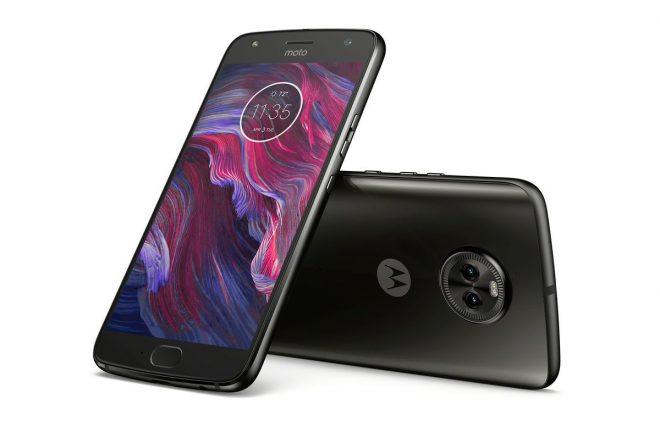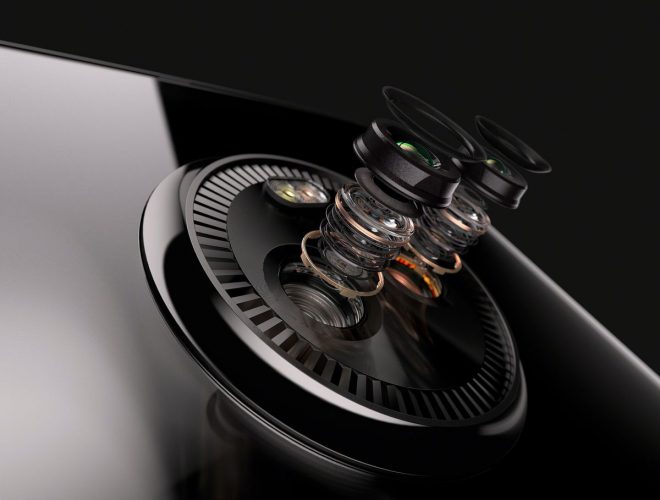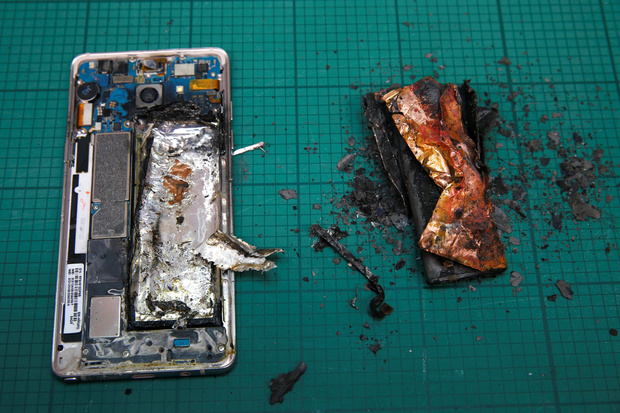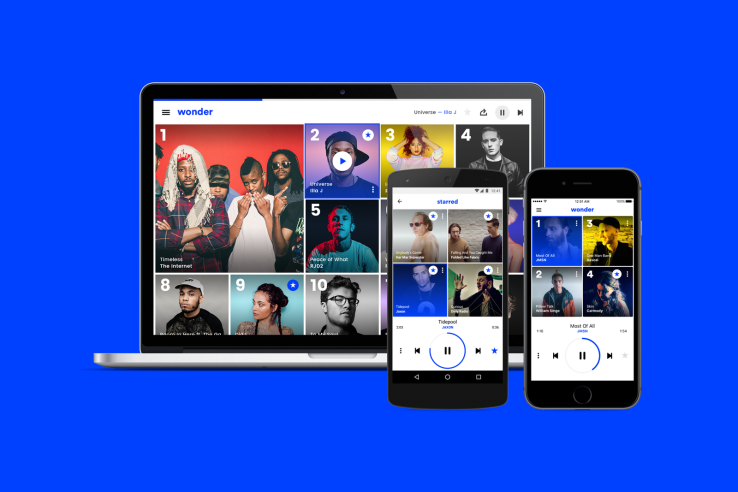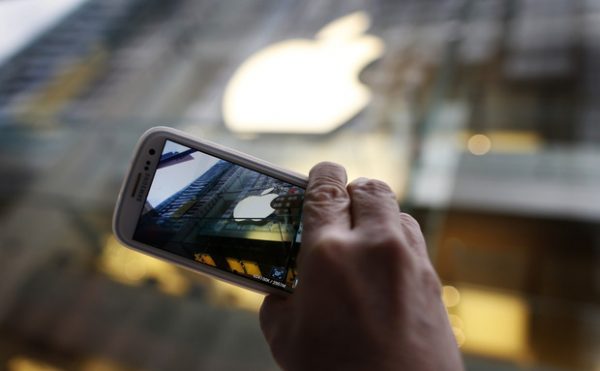The Moto X is back — but it’s no longer the colorful and customizable Android smartphone it once was.
After skipping last year, Motorola is dragging the Moto X series out of hiatus and refreshing it with the new Moto X4 at the IFA tech show in Berlin.
The Moto X used to be Motorola’s top-of-the-line smartphone — its most premium hardware married with the Moto Maker, an online portal that let you personalize your phone by choosing colors, materials, and even customized boot-up screens.
But that’s all in the past now because the Moto X4 looks just like every another Android phone with a metal glass sandwich design that tries to remind you that it’s not made by Samsung.
Sure, there are a few differences here and there, but the Moto X4 is yet another reminder that we’ve reached peak phone design. Even Apple’s next-gen iPhone will return to a metal and glass construction.
Maybe that’s not a bad thing and for some people since the Moto X4 is more affordable (399 Euros) than buying an iPhone or Samsung just for design. But it only makes me miss the old Moto X phones even more.
Uninspired design aside, the Moto X4 has some pretty solid specs, even for a midrange phone. The screen measures 5.2-inches (1,920 x 1,080 resolution) that is not quite as large as a OnePlus 5, but still better than Sony’s just announced 4.6-inch Xperia XZ 1 Compact.
The phone’s powered by a Qualcomm Snapdragon 630 processor, 3GB or 4GB of RAM (depends on your region), 32GB or 64GB of storage (also varies by country), and a 3,000 mAh battery.
Motorola’s also included a fingerprint sensor built into the home button (an essential feature that even Sony keeps failing to include in its more premium new phones in the U.S.) and a microSD card slot for expanding storage up to 2TB.
The Moto X4 is also IP68 water and dust-resistance — because we’re still dumb enough to use our phones on the toilet and near water.
Smarter, more intelligent cameras
One mobile trend I am happy to see make it onto the Moto X4 is its dual cameras. There’s a 12-megapixel main camera and 8-megapixel secondary camera with an ultra-wide 120-degree field of view located on the rather oversized hump on the back.
These two cameras are more similar to the setup on LG’s G6 and new V30, but they also have the ability to blur out the background for more professional-looking shots, like on iPhone 7 Plus. I’ve yet to test the cameras out in person, so I can’t speak for the quality of the depth effect photos. On the flip side, you will be able to edit the intensity of the blurred background after the shot’s been taken.
Motorola also says selfies should look really good from the 16-megapixel front-facing camera which has been optimized for better low-light shots. Another “Selfie Panorama” mode will take three photos when you pan the selfie camera from left to right and then composite them together into wider single photo.
Even the software Motorola has built into the Moto X4 is pretty interesting. As AI and machine learning weave their way into phones (I’m looking right at you Google Lens), we’re going to see more manufacturers include intelligent features that help provide more context to the things its cameras see.
For example, the Moto X4 has built-in landmark and object recognition software that will display information cards when you point the camera at buildings and objects.
Motorola told me it’s using a third-party cloud-based service for object recognition, but for landmarks, it’s using its own software that pulls in information from Wikipedia and TripIt.
The feature is currently limited to the 10 most popular ones from about 100 cities, but the plan is to add more soon.
Alexa on your lock screen
You can still access Google Assistant (like with all other Android devices), but if you prefer Amazon’s Alexa, you can also get that too.
On the Moto X4, the feature is called Moto Alexa, and the digital assistant can be called up with voice commands from the lock screen. It can also display cards (just like in the app) unlike how it’s implemented on the HTC U11. It’s a nice alternative, but Alexa is still far behind the Google Assistant, at least on mobile phones.
Welcome back
The Moto X was one of my favorite Android phones just a couple of years ago. It’s been painful to watch as it’s been reduced to something that’s not a true flagship device anymore.
But I guess if you really want the customizable options, that’s what the Moto Z series and Moto Mods is for. So there’s still enough cool stuff from Motorola to fit everyone’s needs.


